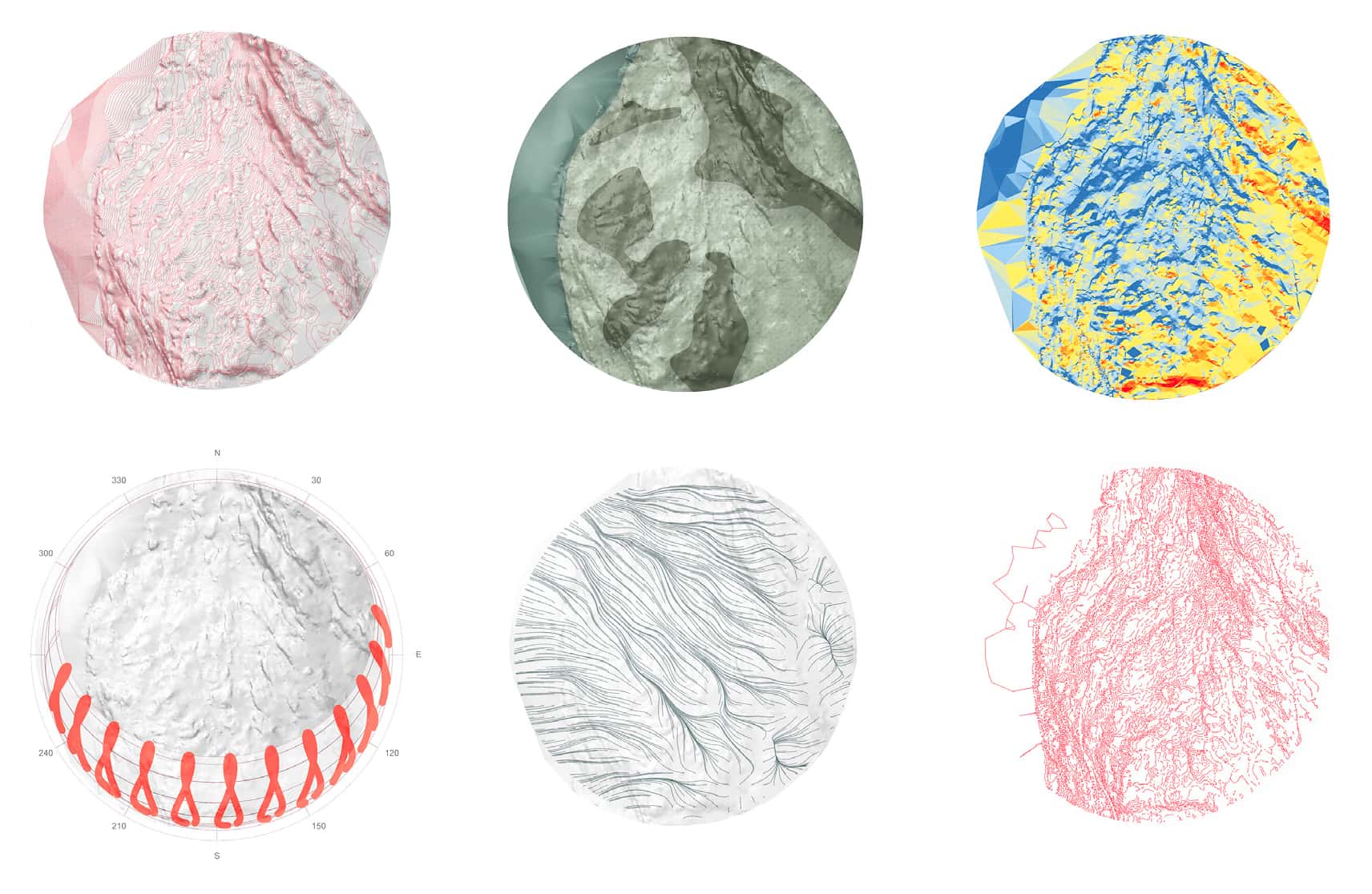Downloads
DOI:
https://doi.org/10.47982/spool.2022.1.02Keywords:
Data-driven Design, Data-integrated Workflows, Architecture and Environment Integration, Understanding Environments, Designing EnvironmentsAbstract
Rapid urbanization and related land cover and land use changes are primary causes of climate change, and of environmental and ecosystem degradation. Sustainability problems are becoming increasingly complex due to these developments. At the same time vast amounts of data on urbanization, construction and resulting environmental conditions are being generated. Yet it is hardly possible to gain insights for sustainable plan-ning and design at the same rate as data is generated. Moreover, the complexity of compound sustainability problems requires interdisciplinary approaches that address multiple knowledge fields, multiple dynamics and multiple spatial, temporal and functional scales. This raises a question regarding methods and tools available to planners and architects for tackling these complex issues. To address this problem we are developing an interdisciplinary approach, computational framework and related workflows for multi-domain and trans-scalar modelling that integrate planning and design scales. For this article two lines of research were selected. The first focuses on understanding environments for the purpose of discovering, recovering and adapting land knowledge to different conditions and contexts. This entails an analytical data-integrated computational workflow. The second line of research focuses on designing environments and developing an approach and computational workflow for data-integrated planning and design. These two lines converge in a combined analytical and generative data-integrated computational workflow. This combined approach aims for an intense integration of architectures and environments that we call embedded architectures. In this article we discuss the two lines of research, their convergence, and further research questions.




